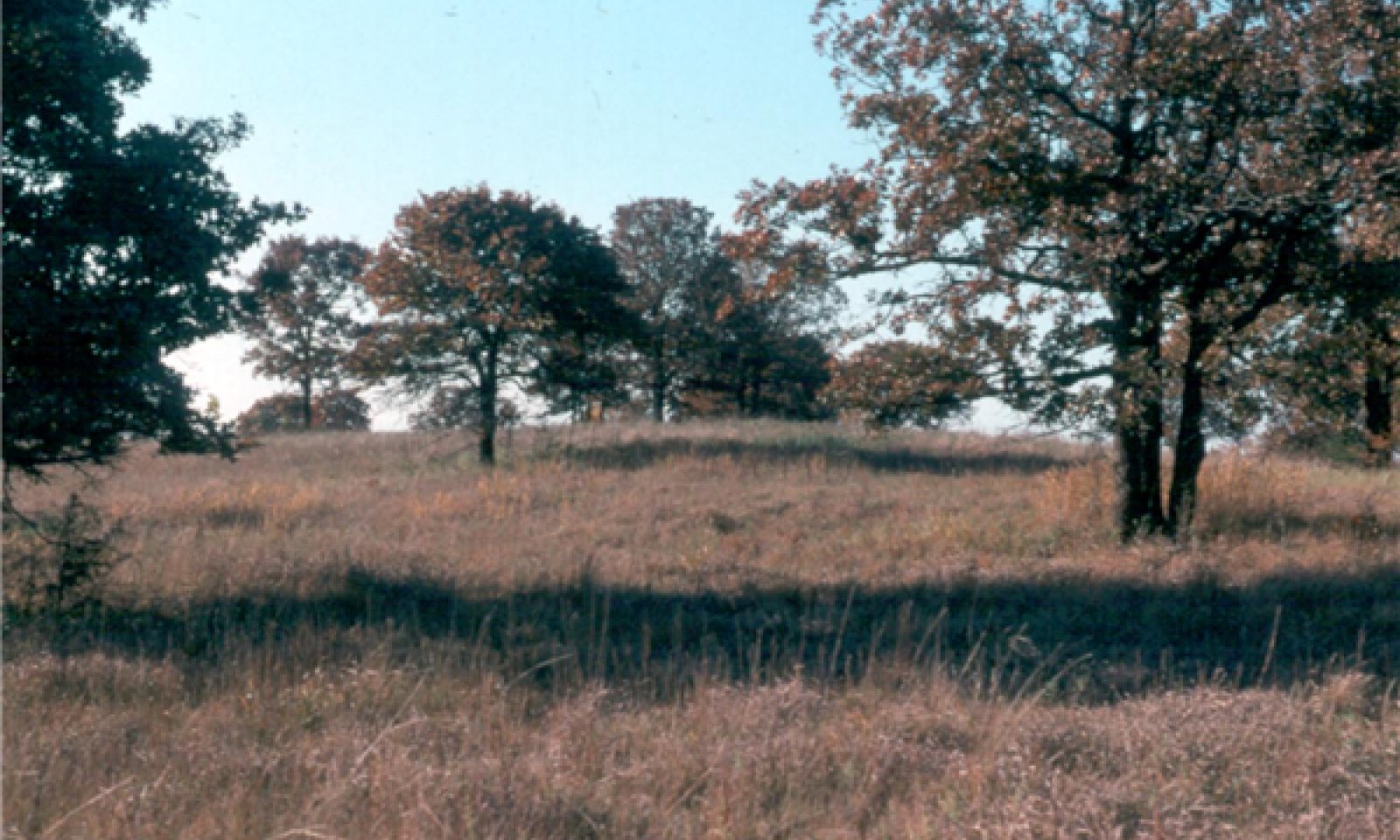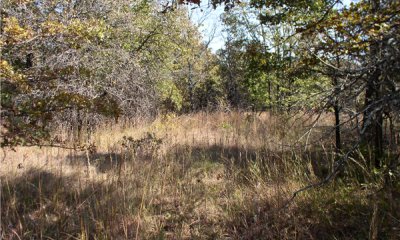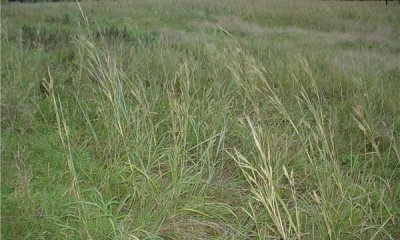
Sandy Loam Savannah
Scenario model
Current ecosystem state
Select a state
Management practices/drivers
Select a transition or restoration pathway
-
Transition T1A
No brush management, No fire
More details -
Transition T1B
Chemical brush management, Prescribed burning
More details -
Transition T1C
Land clearing, Tillage, Seeding
More details -
Restoration pathway R2A
Selective thinning, Prescribed burning, Prescribed grazing
More details -
Transition T2A
Chemical brush management, Prescribed burning, Prescribed grazing
More details -
Transition T2B
Land clearing, Tillage, Seeding
More details -
Restoration pathway R3A
Prescribed burning 4 year+ return, Prescribed grazing
More details -
Transition T3A
No fire, No brush management
More details -
Transition T3B
Tillage, Seeding
More details -
Restoration pathway R4A
Range planting, Prescribed burning 4+ year interval
More details -
Transition T4A
Soil erosion
More details -
No transition or restoration pathway between the selected states has been described
Target ecosystem state
Select a state
Description
This is the Reference state for this ecological site. It represents the historical variability of plant communities on this site under the natural disturbance regime.
Characteristics and indicators
This ecological state consists of native grasses and forbs with an overstory of oak trees. The average canopy coverage of tree species ranges from 15-30%.
Resilience management
This state requires periodic fire every 2-5 years to maintain the relationship between woody and herbaceous species.
Submodel
Description
This vegetative state is composed of an overstory of trees and shrubs that will slowly eliminate most herbaceous vegetation from the plant community if left unchecked.
Characteristics and indicators
The major species are post oak and black jack oak. Woody species that were historically suppressed by fire have increased. These include hackberry, elms and greenbriar.
Resilience management
There is a high potential for encroachment by eastern redcedar in this ecological state if proper management is not applied.
Submodel
Description
In this state, the shallow savannah has been transitioned to an open grassland dominated by tallgrasses and forbs.
Characteristics and indicators
This state has very low canopy of trees due to chemical and/or mechanical brush management.
Resilience management
Without proper management, this state may return to a savannah state within a short time. It is important to note that maintaining this state will require significant inputs and the transition may take many years.
A large number of acres of Sandy Loam Savannah sites have had an attempt at clearing woody species through chemical herbicide use. Mid-century use of 2,4,5-T and other similar chemicals led to large areas of timber kill. However, many of these areas resprouted into thicker and denser "scrub oak" mottes. More recently, tebuthiuron pellets have been used in attempts to open up more grazable acres for cattle production. Some have had success, however, many times the canopy release leads to secondary invasions by eastern redcedar, sericea lespedeza, and broomsedge bluestem. Careful planning and consideration should be used before attempting chemical application in the cross timbers.
Submodel
Description
This state is the result of a change in land use. Native vegetation has been tilled and crops or introduced perennial vegetation has been planted.
Resilience management
This state is not likely to return to reference conditions due to the alteration of soil structure, chemistry and hydrology. However, if abandoned, the site may become invaded by woody species and transition to something similar to the woodland state.
Submodel
Description
This state is the result of water erosion over bare soil.
Characteristics and indicators
Most of the "A" horizon of the soil profile has been displaced. The remaining subsoil is very low in fertility. Some native grasses and forbs will persist in this state, however, production is greatly reduced.
Resilience management
Site specific evaluations are required on eroded soils in order to determine what restoration options are feasible.
Mechanism
In the absence of fire or brush management, this savannah state will transition to a woodland state of tree/shrub dominance.
Constraints to recovery
Overall woody infestation level and time since fire will determine level of restoration needed.
Mechanism
Through intensive chemical brush management, the savannah state may be transitioned to a grassland state dominated by tallgrasses or midgrasses with very few trees and shrubs. It is important to note that maintaining this state will require significant inputs.
Context dependence
A large number of acres of Sandy Loam Savannah sites have had an attempt at clearing woody species through chemical herbicide use. Mid-century use of 2,4,5-T and other similar chemicals led to large areas of timber kill. However, many of these areas resprouted into thicker and denser "scrub oak" mottes. More recently, tebuthiuron pellets have been used in attempts to open up more grazable acres for cattle production. Some have had success, however, many times the canopy release leads to secondary invasions by eastern redcedar, sericea lespedeza, and broomsedge bluestem. Careful planning and consideration should be used before attempting chemical application in the cross timbers.
Relevant conservation practices
| Practice | External resources |
|---|---|
|
Brush Management |
Mechanism
Through land clearing tillage and seeding the sandy savannah site may be converted to cropland or tame pasture
Context dependence
Once tillage has occurred, physical and biological soil properties have been significantly altered. The return of this state to the reference state may not be achievable.
Relevant conservation practices
| Practice | External resources |
|---|---|
|
Land Clearing |
Mechanism
Implementing a brush management plan that includes mechanical thinning and the use of prescribed fire can restore the woodland state to an open canopy savannah state. Fire alone can help restore the site, however, this may take many years to accomplish.
Context dependence
Overall woody encroachment level and time since fire have an impact on restoration efforts.
Relevant conservation practices
| Practice | External resources |
|---|---|
|
Brush Management |
|
|
Prescribed Burning |
|
|
Prescribed Grazing |
Mechanism
Through intensive chemical brush management, the woodland state may be transitioned to a grassland state dominated by tallgrasses or midgrasses with very few trees and shrubs. It is important to note that maintaining this state will require significant inputs.
A large number of acres of Sandy Loam Savannah sites have had an attempt at clearing woody species through chemical herbicide use. Mid-century use of 2,4,5-T and other similar chemicals led to large areas of timber kill. However, many of these areas resprouted into thicker and denser "scrub oak" mottes. More recently, tebuthiuron pellets have been used in attempts to open up more grazable acres for cattle production. Some have had success, however, many times the canopy release leads to secondary invasions by eastern redcedar, sericea lespedeza, and broomsedge bluestem. Careful planning and consideration should be used before attempting chemical application in the cross timbers.
Mechanism
Through land clearing tillage and seeding the sandy savannah site may be converted to cropland or tame pasture land use.
Constraints to recovery
Once tillage has occurred, physical and biological soil properties have been significantly altered. The return of this state to the reference state may not be achievable.
Relevant conservation practices
| Practice | External resources |
|---|---|
|
Land Clearing |
Mechanism
This state may be restored to the savannah state with the exclusion of chemical brush management.
Context dependence
A prescribed fire program must be implemented to control resprouting woody species and maintain an open savannah canopy. Otherwise, the site could transition to the woody dominated state. This restoration may take many years.
Relevant conservation practices
| Practice | External resources |
|---|---|
|
Prescribed Burning |
|
|
Prescribed Grazing |
Mechanism
In the absence of fire or brush management, this grassland state will transition to a woodland state of tree/shrub dominance.
Mechanism
Through tillage and seeding the grassland state may be converted to cropland or tame pasture land use.
Constraints to recovery
Once tillage has occurred, physical and biological soil properties have been significantly altered. The return of this state to the reference state may not be achievable.
Mechanism
The potential for this converted state to revert to another state varies greatly from site to site. It is dependent upon multiple factors including length of time in production, soil integrity, planned restoration methods, and precipitation patterns. The return of soil properties to reference condition may not be achievable, post cultivation. Introduced pasture species are also very difficult to eradicate once established. Consult with local conservationists to develop a site specific restoration plan.
Mechanism
If this ecological site is subjected to soil disturbances such as land clearing, ripping, or plowing that leave large amounts of exposed soil, the site may become very susceptible to water erosion. Once the "A" horizon has been displace through erosion, this site has transitioned to an Eroded Sate.
Model keys
Briefcase
Add ecological sites and Major Land Resource Areas to your briefcase by clicking on the briefcase (![]() ) icon wherever it occurs. Drag and drop items to reorder. Cookies are used to store briefcase items between browsing sessions. Because of this, the number of items that can be added to your briefcase is limited, and briefcase items added on one device and browser cannot be accessed from another device or browser. Users who do not wish to place cookies on their devices should not use the briefcase tool. Briefcase cookies serve no other purpose than described here and are deleted whenever browsing history is cleared.
) icon wherever it occurs. Drag and drop items to reorder. Cookies are used to store briefcase items between browsing sessions. Because of this, the number of items that can be added to your briefcase is limited, and briefcase items added on one device and browser cannot be accessed from another device or browser. Users who do not wish to place cookies on their devices should not use the briefcase tool. Briefcase cookies serve no other purpose than described here and are deleted whenever browsing history is cleared.
Ecological sites
Major Land Resource Areas
The Ecosystem Dynamics Interpretive Tool is an information system framework developed by the USDA-ARS Jornada Experimental Range, USDA Natural Resources Conservation Service, and New Mexico State University.










